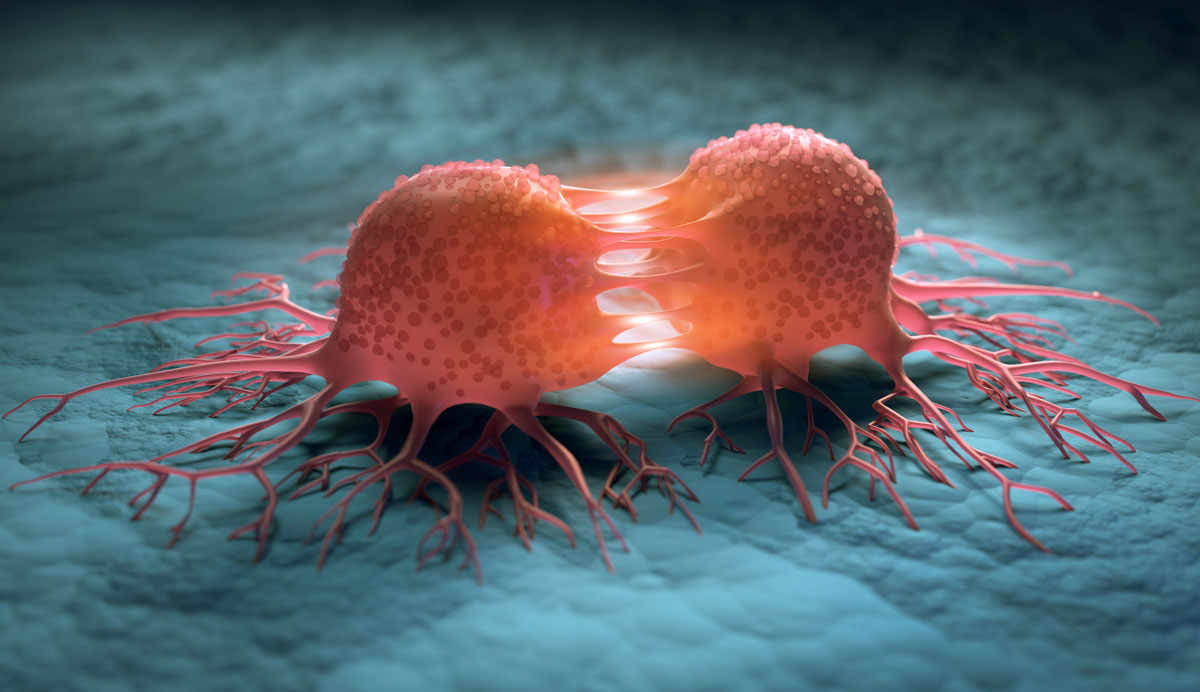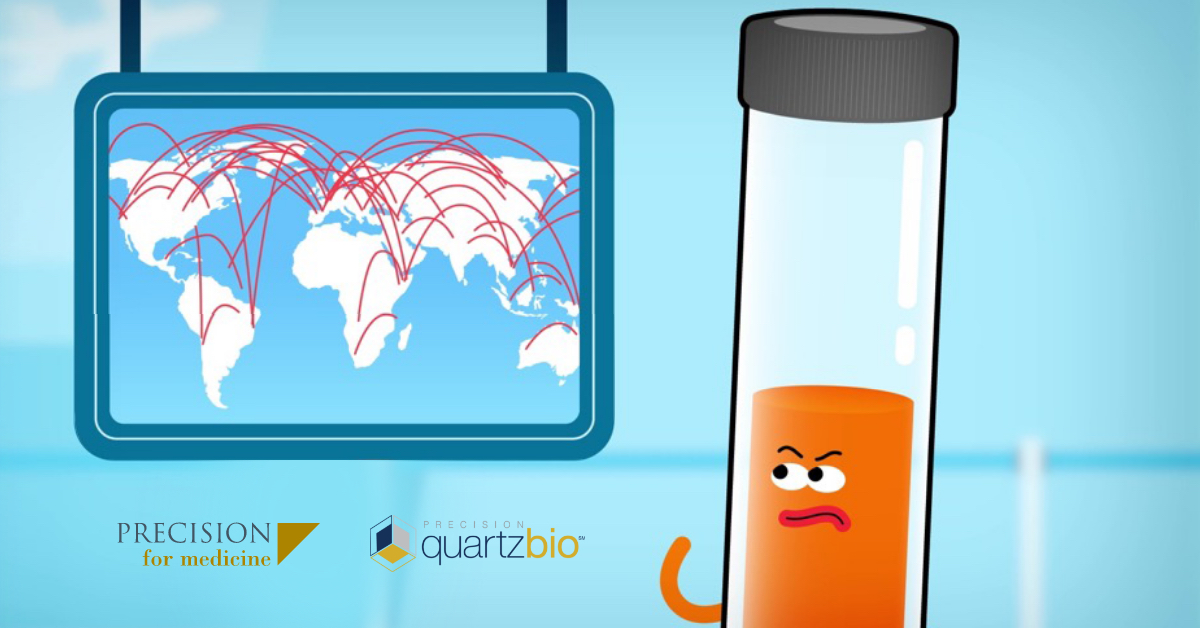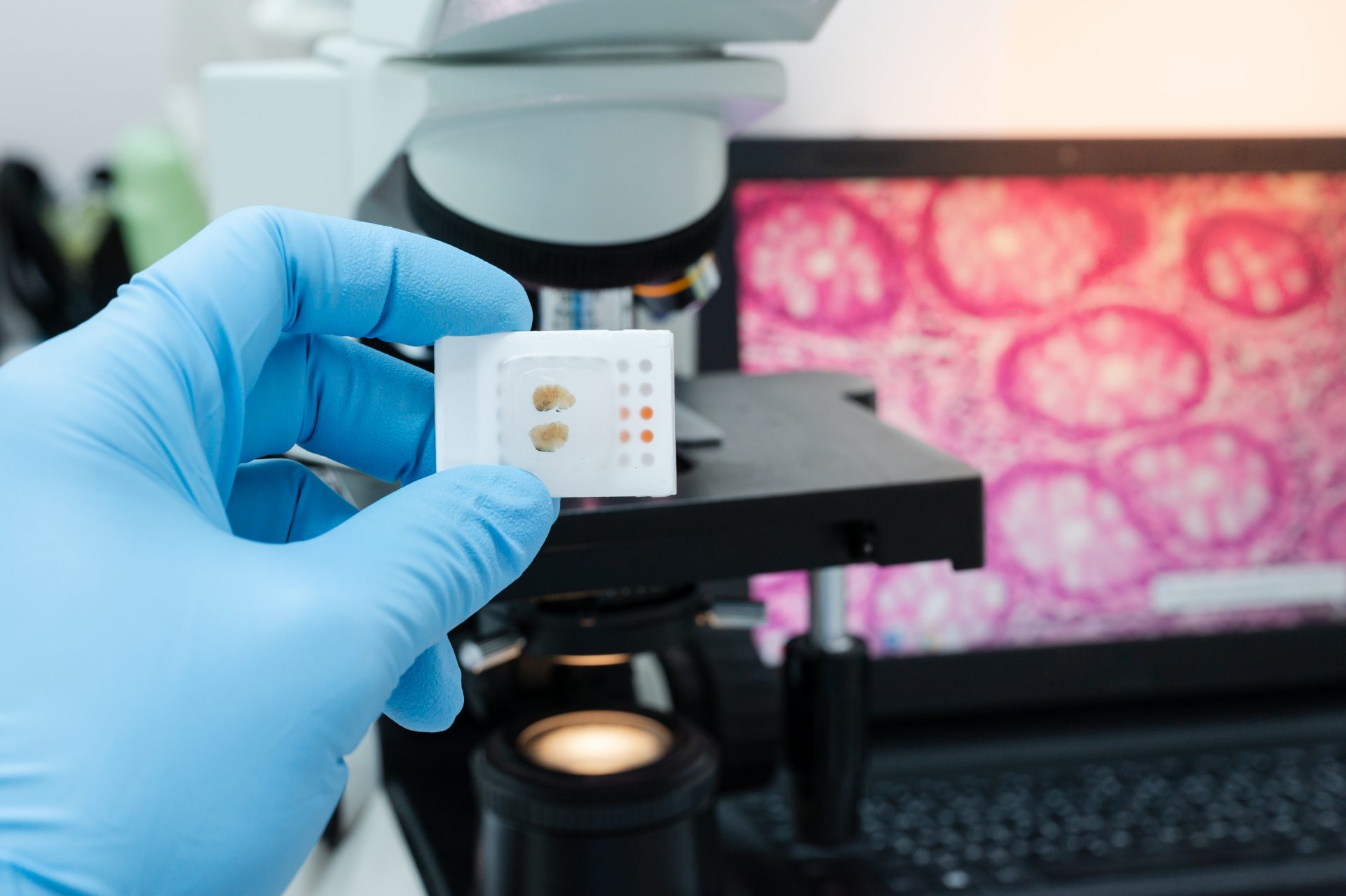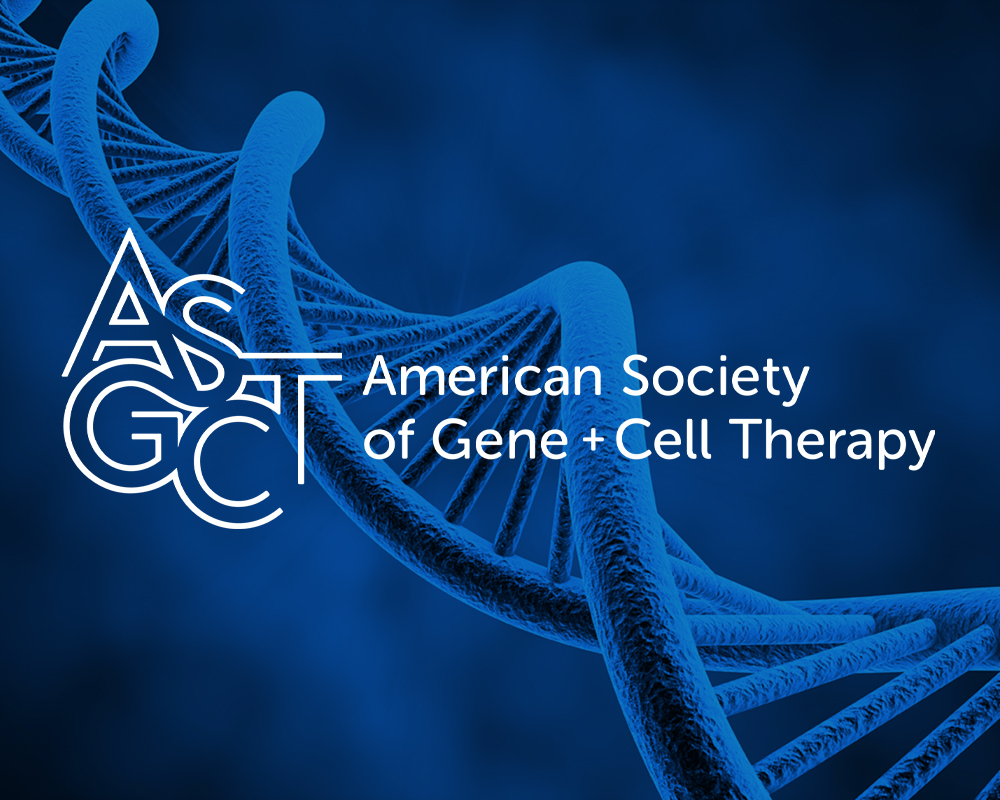Phase 1/2 Combination Studies: Best Practices When Moving From Escalation to Expansion
Clinical study designs, specifically those that combine Phase 1 and Phase 2 trials, are becoming increasingly common as sponsors pursue more aggressive clinical development timelines. In this article, discover the best practices and elements to be aware of when managing a Phase 1/2 combination oncology study and how to effectively and efficiently move from escalation to expansion stages.







